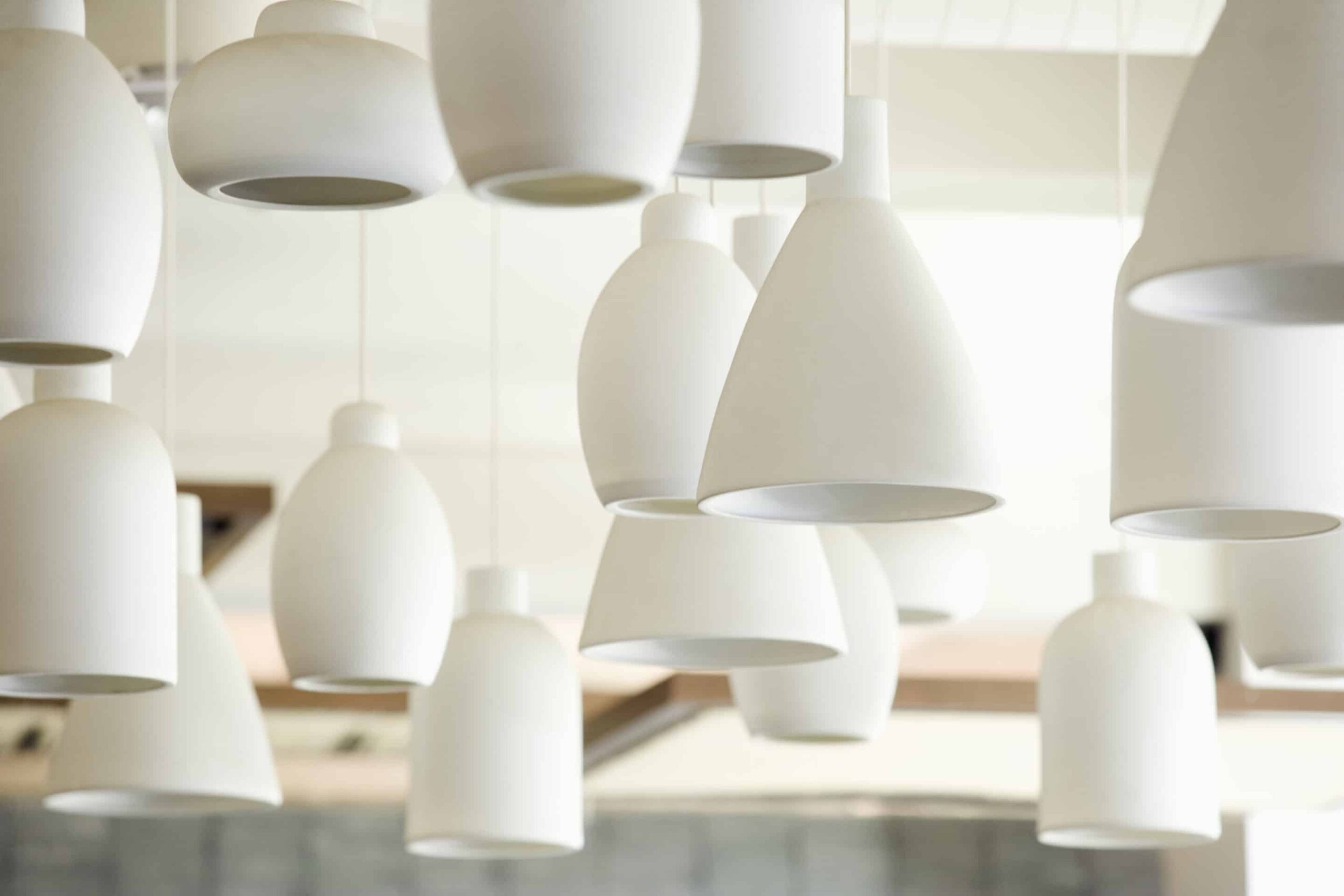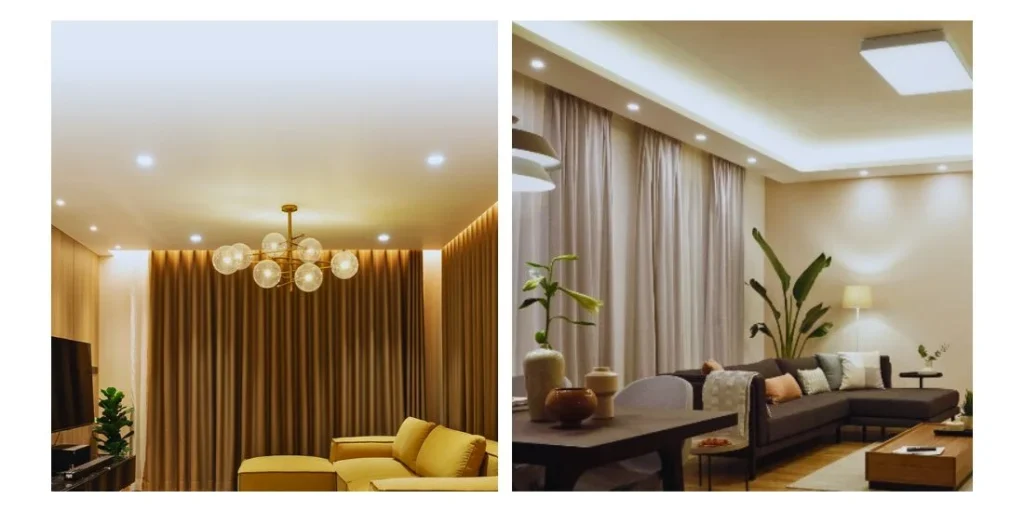The right lighting fixtures can transform your home’s ambiance and functionality. Illumination is not the only thing to consider; you also want to create a cohesive environment that reflects your style. This comprehensive guide will help you to navigate the world light fixtures.
1. Understanding the Layers of Light
- Ambient Lighting:
- This is the general lighting. This fills the space and gives a comfortable brightness.
- Examples: Ceiling fixtures such as chandeliers and recessed lighting.
- Task Lighting:
- This type of lighting is focused on areas where you are performing tasks such as reading or cooking.
- Desk lamps, pendants over kitchen islands and under cabinet lighting are all examples.
- Accent Lighting:
- Highlights specific features of your home such as architectural details, artwork or decorative elements.
- Examples: wall sconces and track lighting.
2. Define the Room’s Purpose:
- Think about how you use each room.
- Living room: Various activities require a combination ambient, task and accent lighting.
- Kitchen: Ambient lighting is needed for general illumination and bright task lighting to prepare food.
- Bedroom: Soft ambient lighting is ideal for relaxing and reading.
- Bathrooms: Bright task lighting is required for grooming, and ambient lighting that is softer for a relaxing environment.
- Dining Room: A chandelier is often used to provide ambient lighting above the dining table. Accent lighting can be provided for artwork.
3. Think About Your Style
- Lighting fixtures should be a part of your interior design.
- Modern: Metal finishes, clean lines and minimalist designs.
- Traditional: Classic shapes, ornate designs and warm finishes.
- Industrial: Metal cages and raw materials, such as exposed bulbs.
- Bohemian: Eclectic mix, vintage pieces and natural materials.
- Transitional: The perfect blend of modern and traditional elements.
- Consistency is key in the entire home. A general theme can keep your home from feeling disjointed, even though each room has its own personality.
4. Attention to Scale and Proportion:
- Your light fixture size should be proportional to the size and shape of your room.
- A large fixture can overwhelm a smaller room while a smaller one may be lost in a larger space.
- Ceiling height plays a major role in the design of a room. Hanging fixtures such as chandeliers and pendant lights are possible with high ceilings. Low ceilings require fixtures that are flush-mounted or semi-flush-mounted.
- Make sure there is enough headroom when hanging fixtures above tables.
5. Select the Right Bulbs
- Color temperature is important when choosing your bulbs.
- Warm white (2700K-3000K), ideal for bedrooms and living rooms, creates an inviting and cozy atmosphere.
- Cool white (3500K-4100K), a more vibrant, energetic light suitable for workspaces and kitchens, is a great choice.
- The Daylight setting (5000K-6500K), which is perfect for reading, detailed tasks and other tasks.
- LED bulbs are popular because they’re energy-efficient, long-lasting and durable.
6. Consider the Finishes
- The finishes of your light fixtures should match the finishes on the hardware in your home.
- Some common finishes include:
- Brushed nickel
- Polished chrome
- Oil-rubbed Bronze
- Brass
- Black
- Some common finishes include:
- It’s possible to add visual interest by mixing metal finishes, but you must do so with taste.
7. The Layering and Control of the Surface:
- Dimmers allow you to create different moods and control the intensity of lighting.
- Using different lighting types to create a functional and balanced space is easy.
- Smart lighting systems allow you to control the lights using your smartphone or voice commands.
8. Mix and Match your Favorite Colors:
- You can create a personalized and unique look by mixing and matching different styles of lighting fixtures.
- You could, for example, pair a contemporary chandelier with a traditional wall sconce.
- When mixing styles, make sure there is an element in common that ties all the fixtures together. It could be the same finish or shape.
9. Consider Energy Efficiency
- Choose energy-efficient LED fixtures and bulbs to reduce your electric bill and your environmental impact.
- Energy Star-labeled fixtures are the best to buy.
10. Plan and Measure
- Measure the size of your room and plan out your lighting before purchasing any fixtures.
- You can use this to determine the size and type of fixture that is appropriate for each room.
Following these tips will help you choose the best light fixtures for a home that is beautiful, functional and reflects your style.



